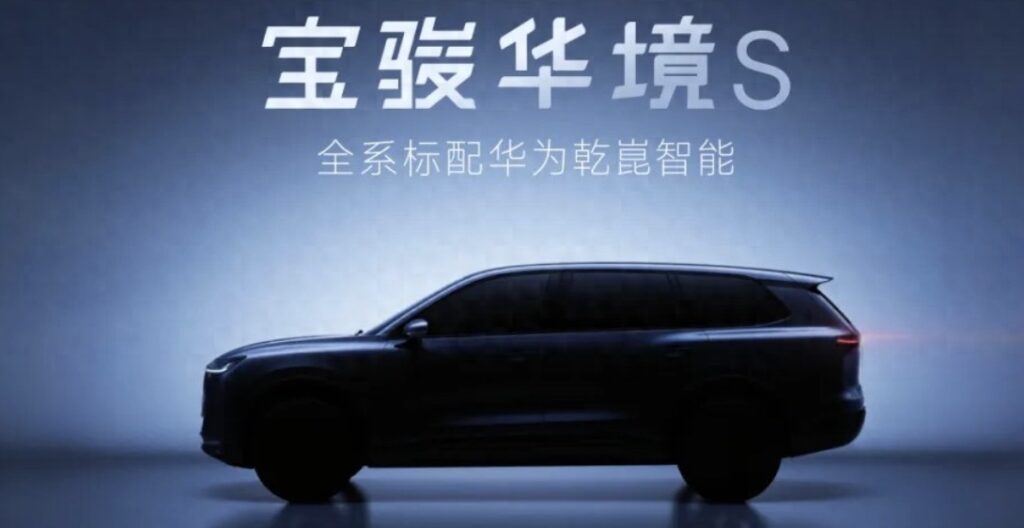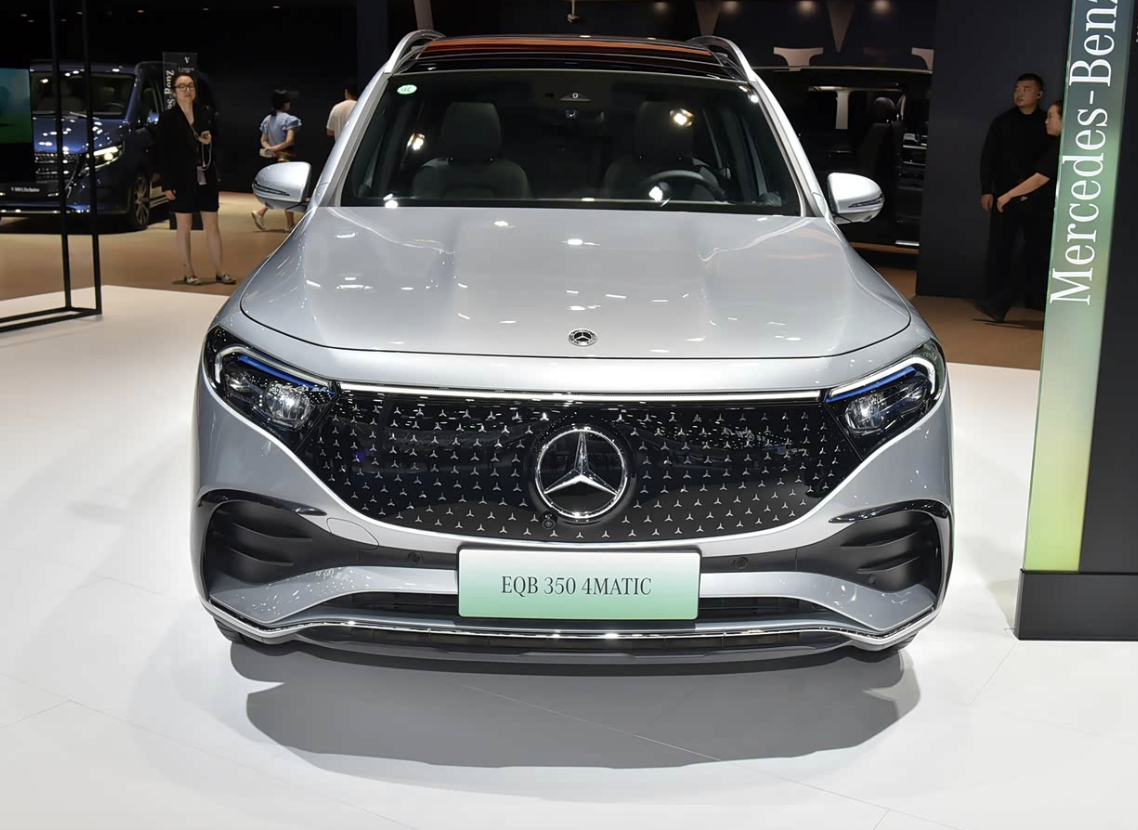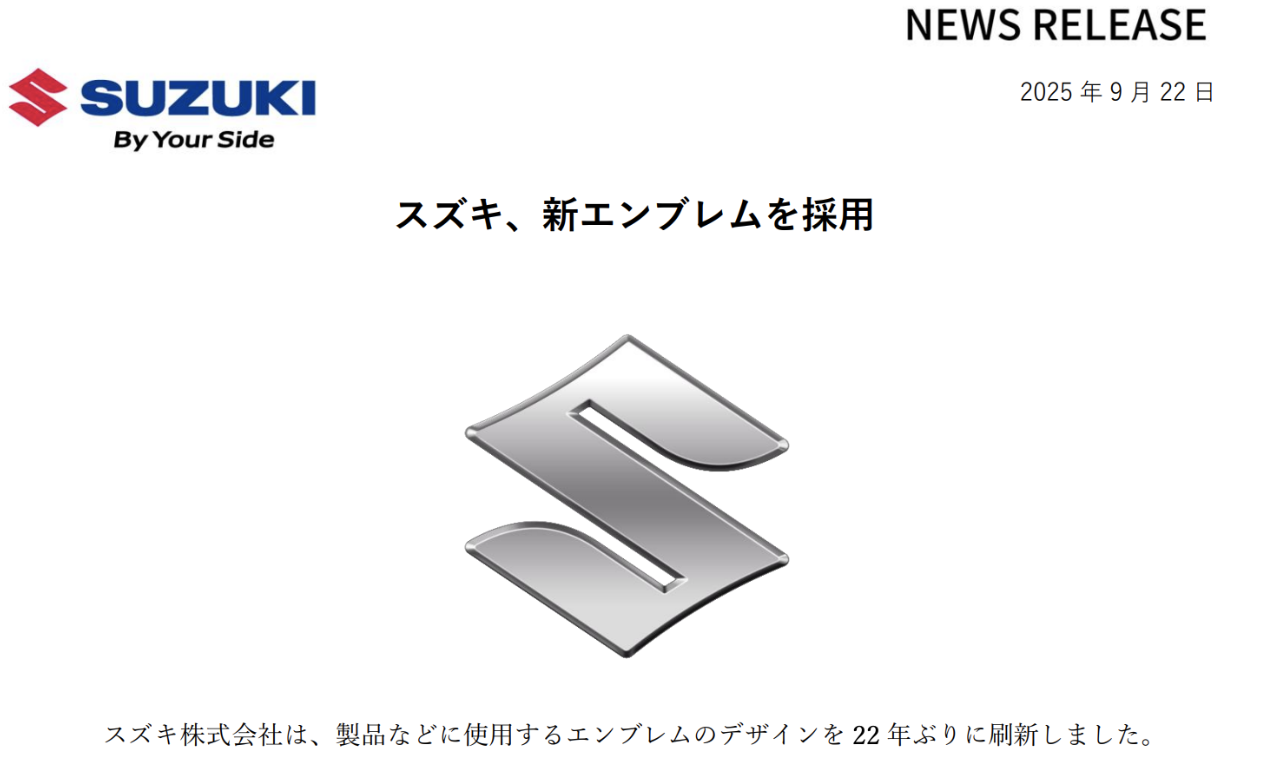On September 6th, Baojun Automobile officially announced that SAIC-GM-Wuling Automobile Co., Ltd. and Huawei Technologies Co., Ltd. held a signing ceremony in Liuzhou to deepen their “Three Smart” cooperation. The strategic partnership will be further upgraded. According to the agreement, both parties will enhance collaboration in the areas of driver assistance, smart cockpits, and intelligent manufacturing, and jointly develop new vehicles equipped with Huawei’s smart technology.

Since 2018, SAIC-GM-Wuling has been collaborating with Huawei, and this partnership now focuses on the “Three Smart” fields: driver assistance, smart cockpits, and intelligent manufacturing. Both parties aim to leverage their respective strengths to promote the intelligent and connected development of the automotive industry. After the partnership, SAIC-GM-Wuling will lead product definition, engineering development, production, manufacturing, and full-channel services, while Huawei will provide intelligent solutions, including the QianKun Intelligent Driving, HarmonyOS Cockpit, and QianKun Car Cloud. The jointly developed technologies will first be applied to the first model of this deepened collaboration—the Baojun Huajing S.
On September 7th, Baojun Automobile released a teaser image of its new model, the Baojun Huajing S. This new vehicle is the first model to result from the deepened collaboration between SAIC-GM-Wuling and Huawei. It will be built using innovative bamboo fiber materials and various environmentally friendly materials and processes, positioning it as a flagship six-seat SUV. The entire range will come standard with Huawei’s QianKun Intelligent System.
From the official teaser image, the new vehicle features a traditional SUV design with a relatively boxy shape. The front headlamp group is equipped with LED daytime running lights, and the roofline extends towards the rear, presenting a slight fastback design. The side of the vehicle adopts a dual-waistline design, with blackened B-pillars and C-pillars, along with conventional door handle designs. At the rear, the tail light is expected to feature a full-width design, and the vehicle will be equipped with a rear roof spoiler. Inside, the seats are expected to follow a 2+2+2 six-seat layout. In terms of driver assistance, the new vehicle will come standard with Huawei’s QianKun ADS 4 driving assistance system, HarmonySpace 5 smart cockpit, QianKun Car Cloud HUAWEI IVCS, and will be the first to feature Huawei’s in-cabin laser vision (Limera). Additionally, the vehicle will be equipped with Wuling’s self-developed Shenlian battery.
As of the time of publication, only a side view of the vehicle has been revealed, and detailed information about the new vehicle is still limited. More details will be closely monitored. As the first model resulting from the deepened cooperation between Baojun and Huawei, the market performance of the Baojun Huajing S will be worth watching.
Baojun Automobile is a brand under SAIC-GM-Wuling. In 2010, SAIC-GM-Wuling underwent a brand upgrade, and the Baojun brand was born. In 2017, Baojun achieved sales of over one million units with three models—Baojun 730, Baojun 510, and Baojun 310—reaching the same level as other domestic brands like Geely and Great Wall, marking a sales peak. However, sales have since declined. As a result, Baojun has decided to fully transform into electric vehicles and upgrade the brand. In May 2023, Baojun announced that it would enter the new energy vehicle market with a new logo, debuting its first model, the Baojun Yueye, with the new logo.
Currently, Baojun’s lineup includes the Baojun Yunhai, Baojun KiWi EV, Baojun Yueye, Baojun Yueye Plus, Baojun Yundo, Baojun Xiangjing, and other models, covering the 70,000-180,000 RMB market segment. Retail data shows that from January to July this year, the Baojun Yueye Plus was the best-seller with 10,563 units sold, followed by Baojun Yunhai with 6,831 units, and Baojun Yueye with 3,317 units. The Baojun Xiangjing, Baojun Yundo, and Baojun KiWi EV sold 1,278, 260, and 196 units, respectively.


